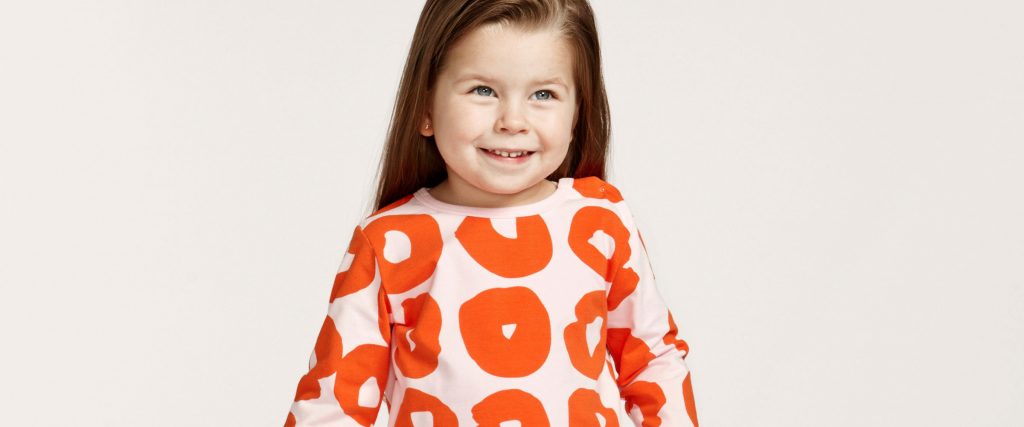By Eloke-Young Splendor
Watching little Lily, drag her mom round the toy store in search of a pink plush Unicorn, left me with the question – “what is it with Kids and colours?” I remember having a conversation with a colleague who told me that her sister helps her little children identify colours by purchasing a blue item for her son and pink for her daughter. It’s amazing how parents help their kids to identify colours by surrounding them with a lot of colourful items.
It has been observed that lots of colours are associated with children even though we live in a world totally surrounded by a wide range of colours. Imagining the setting of a typical pre-school or an early –grade – school one could wonder if some particular colours possess innate ability to speak to children or could it just be an arbitrary coincidence which occurs around the globe? The love kids have for colours cannot be underrated seeing that it improves their learning process and makes learning fun. It has been discovered that children tend to remember colours faster than verbal cues or writing this signifies that having a colourful learning environment for children can promote retention in the learning process.
The learning process and ability of children will greatly improve when parents become fully aware of the impact of colours on a child’s learning process. The behaviour of children towards a colourful environment especially when learning reveals that colours have the ability to inspire, soothe, excite, heal and even agitate. This is probably why most knowledgeable parents consider colours when making some vital choices for their children like purchasing of educational items, re-painting the children’s room, baking a child’s birthday cake, preparing a meal for a child who is a picky eater and so on.
Dr Robert Gerard suggests that every colour has a specific wavelength, and each of these wavelengths affect our body and brain in a different way. This means that using the right colour, and the correct selection and placement can seriously affect the feelings, attention, and behaviour of children when learning, recognizing this can help parents or teachers leverage on the advantage of colours for a child’s mental development and learning in general.
The behaviour of children towards a colourful environment especially when learning reveals that colours have the ability to inspire, soothe, excite, heal and even agitate. This is probably why most parents consider colours when making some vital choices for their children like purchasing of educational items, re-painting the children’s room, baking a child’s birthday cake, preparing a meal for a child who is a picky eater and so on.
Colours give children words to interpret the world around them, as it boosts their ability to compare and contrast experiences and things around them. I can vividly recall little Lily telling her mom that the doll at the toy shop was as black as night time.
The answer to the question “what is it with kids and colours?” can only be found on the lips of the three years old girl who cries over a friend’s pink dress even though she is adorned with a more gorgeous black dress or the little boy who picks a tasteless but colourful cup of ice-cream at the expense of a delicious white vanilla ice-cream.
One of the first ability to compare things was said to have been brought about by colours. During one of my visits to a grocery store I overheard this cute kid calling the storekeeper “Santa”, everyone present at the store laughed out loud but no doubt, I think the innocent child was right; of course, the storekeeper what fully adorned in a red and white outfit with a cone-shaped cap on his head. The colour of his attire could only remind this little child of Santa Clause. It is obvious that colours have their way of setting a reminder of the names of the object in the mind of children. A 3-year-old child who sees the shape of a semi-circle coloured yellow might not associate the picture with any other thing than a banana, and this is as a result of its colour.
In conclusion, it is of great importance to note that colour psychologists have linked colour with brain development, decreased absenteeism, enhanced productivity and even a productive transition from childhood to adulthood. Recognizing these tremendous effects of colours on a child’s learning ability, it is advisable that one needs to take a more academic and research-oriented approach in considering a perfect colourful environment for a child. In order to improve your child’s learning ability, be sure to incorporate the right element of colours as you homeschool and paint the perfect picture for your child’s educational future.





Comments are closed.